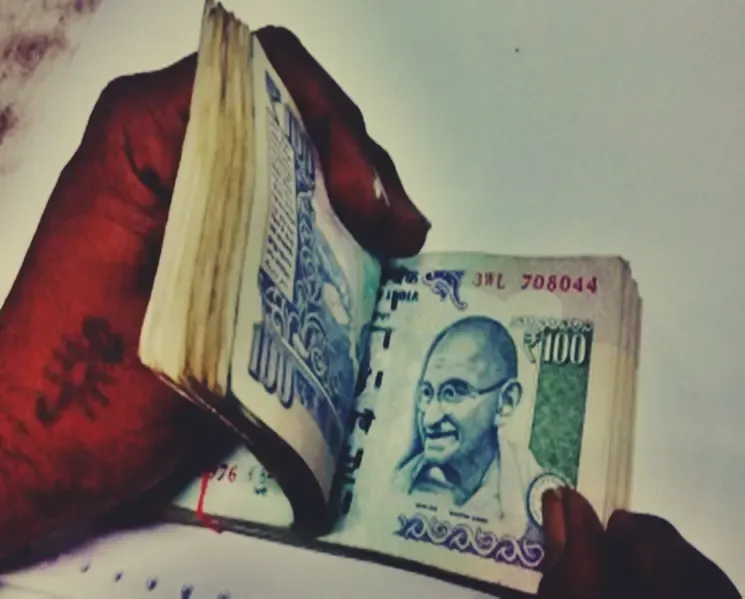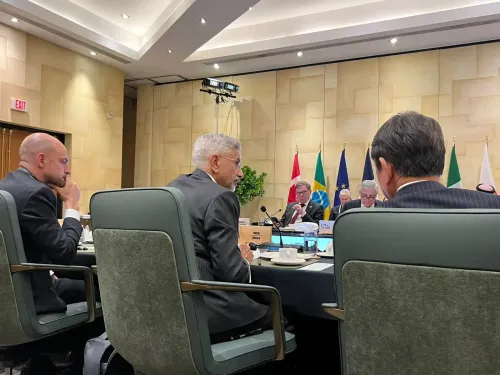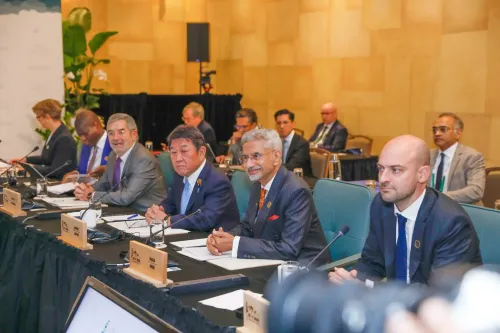Securitisation Transactions Surge by 24% to Rs 2.35 Lakh Crore in FY25 as Banks Seek Increased Funding

Synopsis
Key Takeaways
- Securitisation volume increased by 24%, reaching Rs 2.35 lakh crore.
- Private banks significantly contributed to this growth.
- Vehicle loans represented 47% of the total securitisation.
- Microfinance sector faced challenges, reducing its share to 11%.
- Banks are the primary investors, with growing interest from mutual funds and insurers.
Mumbai, April 7 (NationPress) The volume of securitisation in India surged by 24 percent year-on-year, reaching approximately Rs 2.35 lakh crore in the financial year 2024-2025, marking the highest level ever recorded. This growth was fueled by substantial transactions initiated by private sector banks and consistent fundraising efforts by non-banking financial companies (NBFCs), as detailed in a report by Crisil released on Monday.
Securitisation allows banks and NBFCs to transform illiquid assets, such as loans or receivables, into tradable securities, enabling financial institutions to raise capital and transfer risk to investors.
Aparna Kirubakaran, director at Crisil Ratings, stated, “The proportion of securitisation conducted by banks escalated sharply to 26 percent in fiscal 2025, up from about 5 percent in fiscal 2024, as several banks employed securitisation to tackle challenges stemming from high credit-deposit ratios. This, along with ongoing issuances from major vehicle financiers and mortgage lenders, helped counterbalance the decline in volume from microfinance and gold loans.”
Despite a relatively sluggish fourth quarter, where issuances amounted to Rs 58,000 crore—significantly lower than Rs 63,000 crore in the third quarter and Rs 70,000 crore in the second quarter—the volume of securitisation deals reached a record high, the report highlights.
The diversity of issuances continued to enhance, with 175 originators in fiscal year 2025 compared to 165 in fiscal year 2024. Additionally, some large NBFCs securitised new asset classes, and a few others resumed operations after a hiatus.
Among the various asset classes, vehicle loans (including commercial vehicles and two-wheelers) claimed the largest share of securitisation volume at 47 percent, compared to 43 percent in fiscal 2024. The portion of mortgage-backed loans increased to 22 percent from 17 percent in fiscal 2024. Following the lifting of regulatory constraints on a significant gold loan originator late in the second quarter, the proportion of gold-loan securitisation decreased from 6 percent to 2 percent in fiscal year 2025.
The asset quality pressures within the microfinance sector also influenced its securitisation volume, which fell to 11 percent (down from 16 percent last fiscal). With microfinanciers grappling with rising delinquencies and implementing new safeguards, disbursements have declined. Meanwhile, the shares of both personal loans and business loans remained stable at 6 percent and 10 percent, respectively, compared to approximately 5 percent and 11 percent in the previous fiscal.
In terms of securitisation methods, pass-through certificates (PTCs) represented 54 percent of the volume, whereas direct assignments (DAs) accounted for 46 percent. PTCs were predominant in vehicle and personal loan securitisation, while DAs were more common in mortgage and microfinance securitisation.
Fiscal year 2025 also witnessed replenishment deals and turbo structures. While investors remain cautious regarding unsecured lending, the flexibility in structuring PTCs allows for the customization of cash flows to align with their needs and risk profiles. Consequently, investors in unsecured loan asset classes have opted for turbo amortisation from day one or trigger-based turbo structures that accelerate principal repayment upon crossing predefined thresholds.
Overall, banks continue to assert dominance as investors in the securitisation market, although other investors, including mutual funds, insurers, and alternative investment funds, are expanding their presence. Private sector banks are actively investing in both DAs and PTCs, while public sector banks largely prefer the DA approach. Conversely, foreign banks show a preference for PTCs.
The securitisation market in India remains on a consistent growth path.
The current momentum is anticipated to persist into fiscal 2026, as credit growth is expected to accelerate for both banks and NBFCs, which will increasingly rely on securitisation as an effective fundraising mechanism, according to the report.









